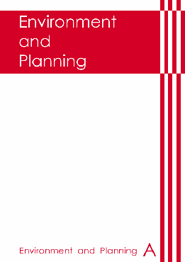The vast literature on transnationalism has primarily been concerned with people, practices, and social fields. Less attention has been devoted to the enigmatic relationship between transnationalism and place. A place itself cannot be transnational in the sense of operating or extending across national boundaries to places elsewhere. But if we understand place as a ‘meaningful location’ (Agnew, 1987), it is evident that transnational connections can be central to imbuing locations with meaning. In short, the transnational is simultaneously antithetical to place and constitutive of it. So, how can the transnational qualities of a place be empirically examined? This Featured Graphic explores the salient yet elusive transnationalism of a unique neighbourhood in Guangzhou, the third-largest city in China.
Carling, Jørgen (2017) Visualizing the transnational connections of China’s most African neighbourhood, Environment and Planning A 49 (6): 1209–1213.







